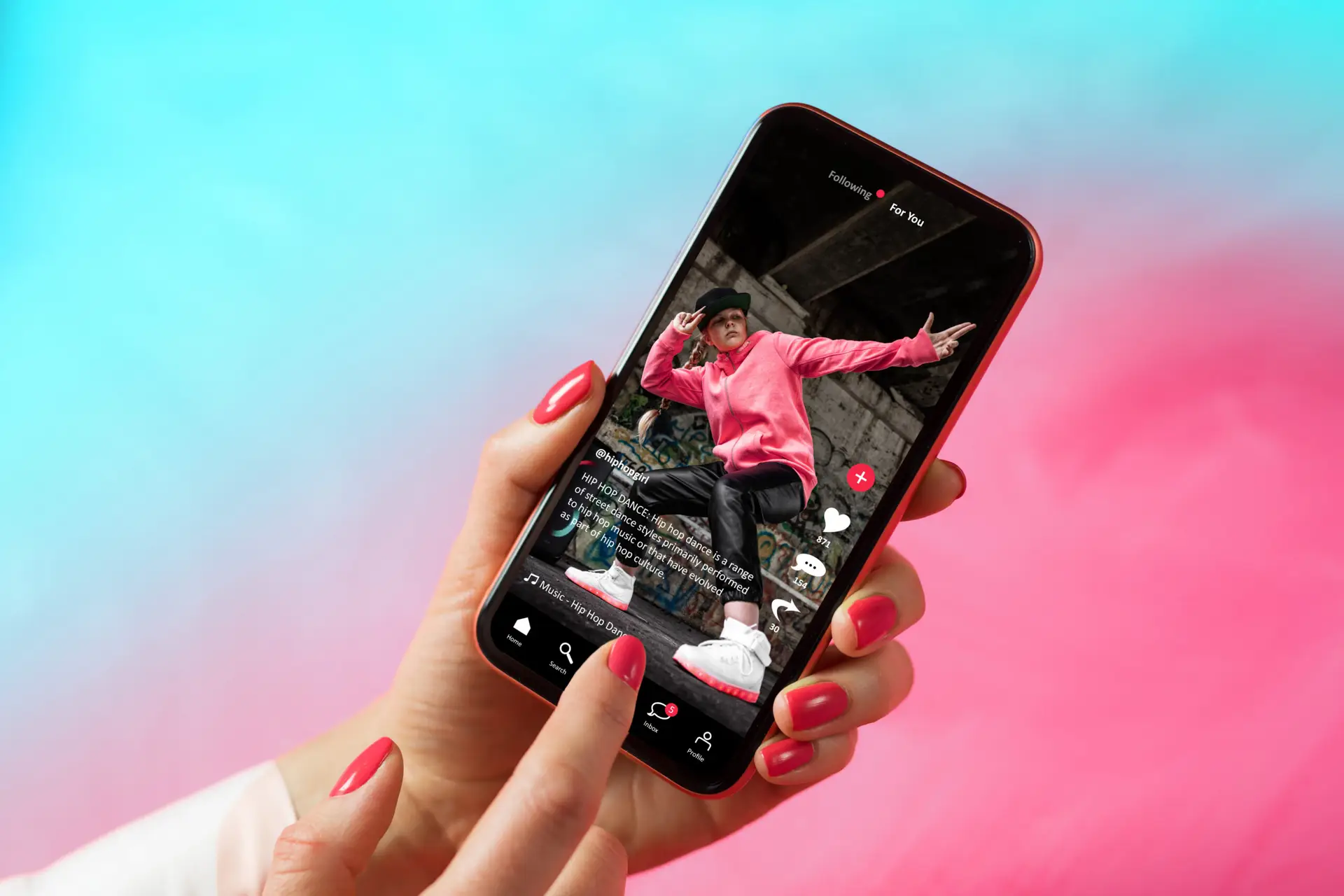
Top Social Media Marketing Tips for Small Businesses
Understand Your Target Audience
The foundation of any successful social media marketing strategy is a deep understanding of your target audience. Without knowing who you’re speaking to, your efforts can feel like shouting into the void. Start by defining your ideal customer persona. This persona should include details like age, gender, location, income level, interests, and pain points. For example, if you run a boutique fitness studio, your ideal customer might be a health-conscious professional in their 30s who values convenience and community.
Next, research audience demographics, preferences, and behaviors on different social media platforms. For instance, younger audiences tend to gravitate toward Instagram and TikTok, while professionals and B2B audiences are more active on LinkedIn. Tools like Facebook Audience Insights, Google Analytics, and even platform-specific analytics can provide valuable data about your followers’ habits and preferences.
Don’t hesitate to gather insights directly from your audience. Use surveys, polls, and Q&A sessions to understand what they want to see from your brand. For example, a poll asking, “What type of content do you enjoy most: tutorials, behind-the-scenes, or product updates?” can guide your content strategy. The more you know about your audience, the better you can tailor your messaging to resonate with them. Social media marketing thrives on this level of personalization.
Table of Contents
Choose the Right Social Media Platforms
Not all social media platforms are created equal, and not all of them will be relevant to your business. Instead of trying to maintain a presence on every platform, focus on the ones where your target audience is most active. For example, if you’re a small bakery targeting local customers, Instagram and Facebook might be your best bets due to their visual nature and local targeting features. On the other hand, if you’re a B2B software company, LinkedIn could be more effective for reaching decision-makers.
Each platform has unique features and benefits. Instagram is ideal for visually appealing content like photos and videos, while Twitter is great for real-time updates and conversations. TikTok is perfect for short, engaging videos, and Pinterest works well for businesses in niches like home decor, fashion, and DIY. Evaluate how each platform aligns with your business goals and audience preferences.
Avoid spreading yourself too thin by trying to manage too many platforms at once. It’s better to excel on two or three platforms than to have a mediocre presence on five. Use tools like Hootsuite or Buffer to streamline your efforts and ensure you’re consistently active on your chosen platforms. This focused approach is a cornerstone of effective social media marketing.
Create a Content Strategy That Aligns with Your Brand

A well-thought-out content strategy is the backbone of effective social media marketing. Start by developing a content calendar to plan your posts in advance. This not only helps you stay organized but also ensures a consistent posting schedule. For example, you might plan to post a motivational quote every Monday, a product spotlight on Wednesdays, and a behind-the-scenes video on Fridays.
Variety is key to keeping your audience engaged. Mix different types of content, such as educational posts (e.g., how-to guides), entertaining content (e.g., memes or fun videos), and promotional material (e.g., sales announcements). For instance, a small skincare brand could share skincare tips, customer testimonials, and limited-time offers to keep their audience interested.
Consistency in branding is equally important. Use the same colors, fonts, and tone of voice across all your posts to create a cohesive brand identity. For example, if your brand is playful and youthful, your captions might include emojis and casual language, while your visuals feature bright, bold colors. This consistency reinforces your social media marketing efforts.
Leverage Visual Content to Boost Engagement
Visual content is a powerful asset in social media marketing, helping to capture attention and drive higher engagement across platforms. High-quality images, videos, and infographics are more likely to stop users from scrolling and encourage them to interact with your posts. For example, a small restaurant could post mouthwatering photos of their dishes or a time-lapse video of a chef preparing a signature meal.

Experiment with trending formats like Instagram Reels, Stories, and live videos. These formats often receive higher engagement rates because they feel more immediate and personal. For instance, a boutique clothing store could use Instagram Stories to showcase new arrivals or host a live Q&A session about styling tips.
User-generated content (UGC) is another excellent way to build trust and authenticity. Encourage your customers to share photos or videos of themselves using your products, and feature their content on your page. For example, a fitness studio could repost a member’s workout selfie with a caption like, “Shoutout to @username for crushing today’s class!” This type of content is invaluable for social media marketing.
Post Consistently and at Optimal Times
Consistency is crucial for success in social media marketing, as it helps build a loyal and engaged following. Determine the best posting frequency for your audience—whether that’s daily, a few times a week, or weekly—and stick to it. For example, a small business might find that posting three times a week is manageable and effective for maintaining engagement.
Timing also plays a significant role in maximizing your reach. Use analytics tools to identify when your audience is most active and schedule your posts accordingly. For instance, if your followers are most active in the evenings, posting at 7 PM might yield better results than posting at 9 AM.
To save time and ensure consistency, use scheduling tools like Buffer, Hootsuite, or Later. These tools allow you to plan and automate your posts, freeing you up to focus on other aspects of your business. This level of organization is a hallmark of successful social media marketing.
Engage with Your Audience Regularly
Social media marketing and in fact social media itself is a two-way street. Engaging with your audience is just as important as posting content. Respond promptly to comments, messages, and mentions to show your followers that you value their input. For example, if a customer leaves a positive comment on your post, reply with a thank-you message to acknowledge their support.
Encourage conversations by asking questions and running polls. For instance, a coffee shop could post a poll asking, “What’s your go-to morning drink: coffee or tea?” This not only boosts engagement but also provides insights into your audience’s preferences.
Don’t forget to show appreciation for your followers. Highlight user-generated content, give shoutouts to loyal customers, or run giveaways to thank your audience for their support. Small gestures like these can go a long way in building a strong, engaged community. This interaction is a key element of social media marketing.
Utilize Paid Advertising to Expand Your Reach

While organic reach is valuable, incorporating paid advertising into your social media marketing strategy can help you reach a larger audience and achieve specific goals, such as driving website traffic or increasing sales. Start with small budgets to test ad performance on platforms like Facebook and Instagram. For example, a local florist could run a $50 social media marketing campaign promoting their Valentine’s Day specials to attract more customers.
Take advantage of targeting options to reach specific demographics and interests. For instance, you can target users based on their location, age, gender, and even hobbies. This ensures your ads are seen by people who are most likely to be interested in your products or services.
Monitor your ad performance closely and adjust your campaigns as needed. Use metrics like click-through rates (CTR), cost per click (CPC), and return on ad spend (ROAS) to evaluate success and make data-driven decisions. Paid advertising is a powerful component of social media marketing when executed effectively.
Track and Analyze Your Performance
To improve your social media marketing strategy, you need to track and analyze your performance regularly. Use platform analytics to measure key metrics like engagement, reach, and conversions. For example, Instagram Insights can show you which posts received the most likes, comments, and shares.
Identify which types of content perform best and refine your strategy accordingly. If you notice that your audience engages more with videos than static images, consider incorporating more video content into your plan.
Set SMART goals (Specific, Measurable, Achievable, Relevant, Time-bound) to track your progress. For instance, a SMART goal could be, “Increase Instagram followers by 20% in the next three months.” Regularly reviewing your performance ensures you stay on track and adapt to changing trends. This analytical approach is essential for effective social media marketing.
Collaborate with Influencers and Partners
Collaborating with influencers and partners can help you reach new audiences and build credibility. Partner with micro-influencers who align with your brand values and have a loyal following. For example, a small organic skincare brand could collaborate with a beauty influencer who advocates for clean beauty products.
Run co-branded campaigns or giveaways to tap into each other’s audiences. For instance, a local coffee shop and a bakery could team up for a giveaway offering a free coffee-and-pastry combo to the winner.
Ensure that your collaborations feel authentic and provide value to your audience. Authenticity is key to maintaining trust and fostering genuine connections with your followers. Influencer partnerships are a growing trend in social media marketing.
Stay Updated on Social Media Trends
The social media landscape is constantly evolving, and staying updated on trends is essential for staying competitive. Follow industry blogs, podcasts, and influencers to keep up with the latest developments. For example, platforms like Social Media Examiner and HubSpot regularly share insights and tips.
Experiment with new features and trends, such as augmented reality (AR) filters, shoppable posts, or trending hashtags. For instance, a small fashion boutique could use Instagram’s shoppable posts to make it easier for customers to purchase items directly from their feed.
Adapt your strategy as needed to remain relevant. Social media marketing is dynamic, and what works today might not work tomorrow. Staying flexible and open to change will help you stay ahead of the curve. This adaptability is a hallmark of successful social media marketing.
Frequently Asked Questions
How effective is social media marketing for small businesses?
Social media marketing is highly effective for small businesses, offering a cost-efficient way to build brand awareness, engage with customers, and drive sales. With billions of active users across platforms like Facebook, Instagram, LinkedIn, and TikTok, businesses can reach their target audience without the need for a large marketing budget. It allows small businesses to showcase their personality, create meaningful interactions, and develop customer loyalty. Additionally, social media provides powerful analytics to track performance and optimize strategies. When used strategically with consistent posting, engagement, and a mix of organic and paid content, social media marketing can significantly boost a small business’s visibility and revenue.



